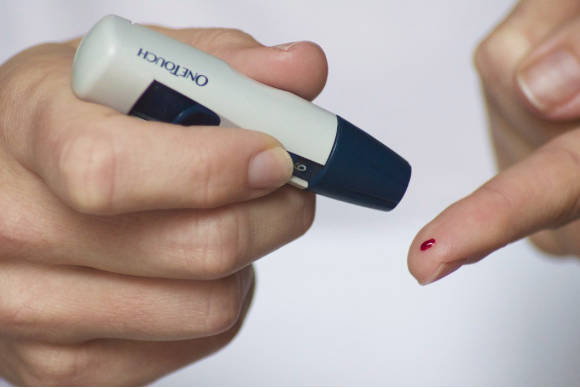First generation “Artificial pancreas” brings hope for people with type 1 diabetes

A new “artificial pancreas” being studied by the University of Melbourne could dramatically transform the lives of people with type 1 diabetes.
Leanne Foster, who has the condition, is the first Australian adult in this study to use a hybrid closed loop system to continuously monitor her blood glucose levels and automatically adjust delivery of insulin to keep her glucose levels stable in a healthy range.
Ms Foster is part of a study being run by University of Melbourne Associate Professor David O’Neal at St Vincent’s Hospital Melbourne.
Patients at seven Australian hospitals will go about their lives for six months whilst attached to a small, mobile-phone sized insulin pump linked to a glucose sensor inserted into the fat just under the skin over the abdomen.
The sensor sends glucose information back to their pump every five minutes. The pump then calculates how much insulin to deliver.
The study, funded by the Australian Research Council and administered by the Juvenile Diabetes Research Foundation, will evaluate the impact of the artificial pancreas over six months on patients’ glucose levels, quality of sleep and psychological well-being.
Associate Professor O’Neal said the new device was a “game changer” because it measured glucose levels so frequently and adjusted insulin delivery accordingly.
Previous studies focused on short term results had shown automated computerised insulin delivery resulted in better glucose control than conventional treatments.
“While the new device does not represent a cure for diabetes, it does have the potential to very significantly improve control of glucose levels thereby reducing damage to the body resulting from glucose levels outside a healthy range, and also improve the quality of life of people with type 1 diabetes,” Professor O’Neal said.
Ms Foster, 47, who has had type 1 diabetes for 36 years, began using the new system in early July and noticed results immediately.
“It’s very exciting. It’s amazing technology. My blood sugar levels are the closest they have been to a non-diabetic person in 36 years,” Ms Foster said.
Ms Foster said the system meant her blood sugar was not dropping low, and she was experiencing less “brain fog” than when she used an insulin pump without the closed loop function.
“I feel better and a lot more alert,” Ms Foster said. She hoped the study would lead to closed loop system being approved for subsidised use in Australia.
Participating hospitals:
- St Vincent’s Hospital Melbourne, Victoria
- Royal Melbourne Hospital, Victoria
- The Alfred Hospital and Baker Institute, Victoria
- Westmead Hospital, NSW
- Royal Hobart Hospital, Tasmania
- Repatriation Hospital, South Australia
- Sir Charles Gairdner Hospital, Western Australia.